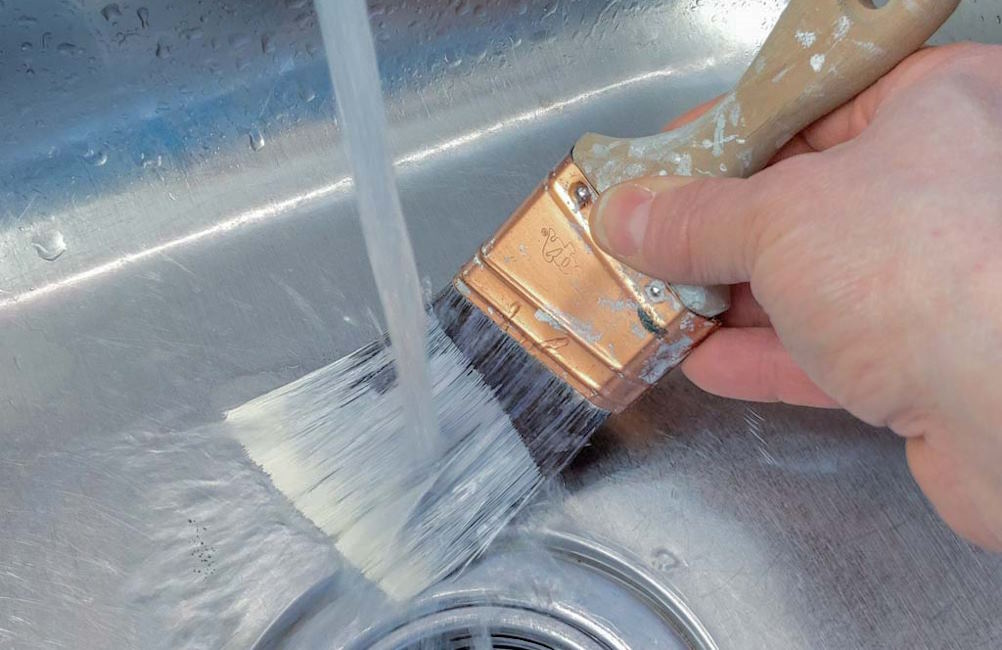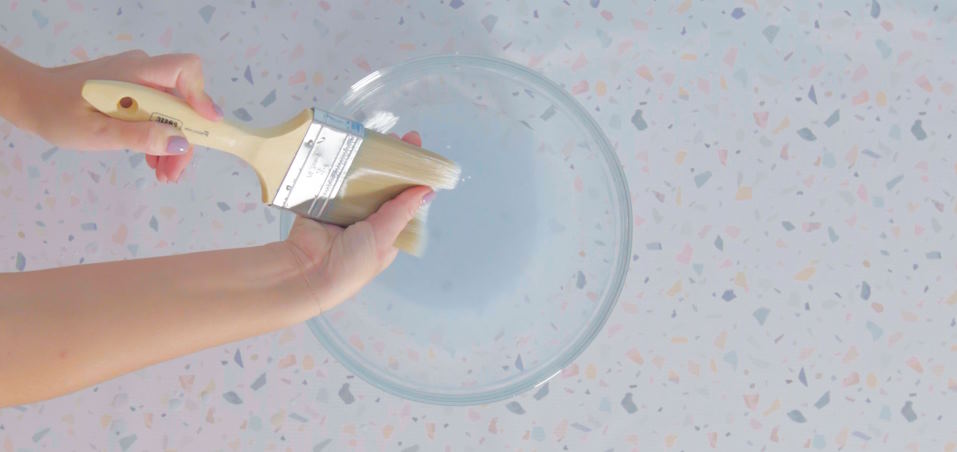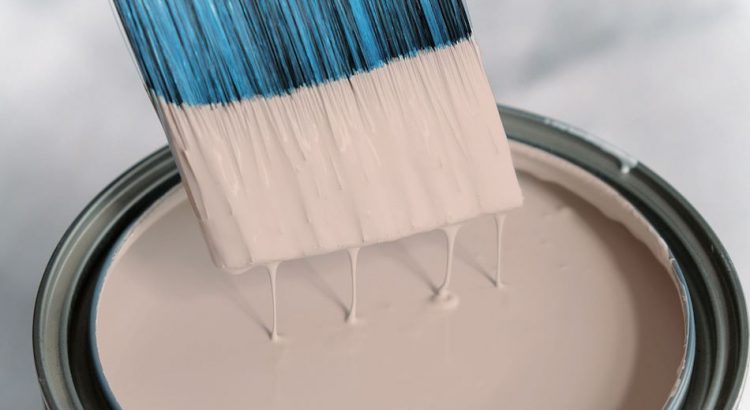Every brushstroke on your walls tells a story, reflecting your style, creativity, and the effort you invest in making your house a home. Yet, over time, even the finest brushes can lose their luster if neglected. Properly cleaning and maintaining your wall paint brushes is a critical yet often underestimated aspect of the painting process. Neglecting this essential task not only shortens the lifespan of your brushes but can also compromise the quality of your work.
Cleaning the Brushes Immediately After Use
When it comes to the care and maintenance of your wall paint brushes, the first step is crucial—cleaning them immediately after use. Skipping or rushing through this step can lead to hardened bristles, damaged brushes, and subpar paint application. Here’s a breakdown of what you need to do:
Removing Excess Paint:
Before you even think about cleaning solutions, start by removing as much excess paint from the brush as possible. You can do this by gently tapping the brush against the edge of your paint container. For larger brushes, you may want to use a paintbrush scraper or the edge of the container to squeeze out excess paint. The goal is to minimize the amount of paint that needs to be cleaned, making the process more efficient.

Choosing the Appropriate Cleaning Solution:
The choice of cleaning solution depends on the type of paint you’ve been using. For latex-based paints, warm soapy water works well. Oil-based paints, on the other hand, require mineral spirits or paint thinner. Dip the brush into the appropriate solution and swish it around to loosen any remaining paint.
Soaking the Brushes:
Once the brush is coated in the cleaning solution, let it soak for a while. The soaking time will vary depending on how much paint remains and the type of paint you used. Generally, 15-30 minutes should suffice. This step allows the cleaning solution to break down the paint and soften it for easier removal.
Using a Brush Comb or Wire Brush:
After soaking, it’s time to give your brushes a thorough cleaning. Use a brush comb or wire brush to gently comb through the bristles, starting from the base and working your way towards the tips. This action helps dislodge any remaining paint particles. Be gentle to avoid damaging the bristles.
Proper Brush Cleaning Techniques
Attaining that polished, professional look for your walls goes beyond honing your painting skills; it also hinges on the meticulous care you invest in your brushes, as per the insightful guides from Armando Sweet about painting brushes. Proper brush cleaning techniques are essential to ensure your brushes remain in top-notch condition and deliver impeccable results. Let’s delve into the key techniques:

Gentle but Thorough Cleaning:
When cleaning your wall paint brushes, it’s crucial to strike the right balance between being thorough and gentle. While you want to remove all traces of paint, you must avoid being overly aggressive. Vigorous scrubbing or bending the bristles can cause irreversible damage. Instead, use a gentle, circular motion when cleaning with a brush comb or your fingers. Take your time, and repeat the process if necessary until the brush is clean but still in great shape.
Avoiding Harsh Chemicals:
Many commercial paint cleaning solutions contain harsh chemicals that can weaken the bristles and degrade the brush over time. To maintain your brushes’ integrity, opt for milder, natural cleaning agents whenever possible. Warm, soapy water is effective for latex paints, while mineral spirits or paint thinner works well for oil-based paints. Always read the labels on any cleaning agents you use to ensure they’re safe for your specific brush type.
Techniques for Different Types of Paint:
Different types of paint require different cleaning approaches. For latex or acrylic paints, follow the steps mentioned earlier. However, when dealing with oil-based paints, you’ll need to be more diligent in cleaning, as they tend to leave a heavier residue. Multiple rounds of cleaning with the appropriate solvent may be necessary. Always check the manufacturer’s guidelines for your paint and brushes to ensure you’re using the right cleaning techniques.
